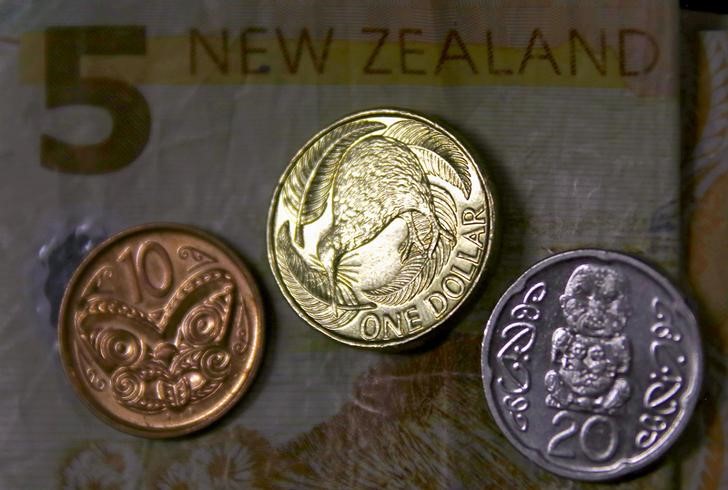
This revision follows a previous warning issued on May 30 about the NZDUSD pair skating on thin ice due to a mismatch between net-long positioning and the growth outlook. UBS had then lowered their NZDUSD forecast and suggested a long position on the AUDNZD at 1.08, targeting 1.15 over 12 months.
UBS acknowledged that the Reserve Bank of New Zealand (RBNZ) made a dovish pivot sooner than expected. The firm’s recent visit to New Zealand reinforced their view that the country’s economic activity had slowed, with tight monetary policy impacting domestic demand significantly.
This perspective was supported by the RBNZ’s observations today, citing business and consumer surveys along with spending and credit data indicating a decline in activity.
The second-quarter Consumer Price Index (CPI) data, scheduled for release on July 17, is pivotal. UBS projects a lower CPI than the RBNZ’s forecast, with a quarterly increase of 0.5% and a yearly rise of 3.4%, compared to the central bank’s estimates of 0.6% and 3.6%, respectively.
Notably, the RBNZ has historically not required the CPI to be within the target band to commence an easing cycle. The RBNZ has now softened its outlook, suggesting a return to the CPI target in the second half of this year, as opposed to its previous statement in May which indicated the end of 2024.
In terms of the cash rate, UBS now expects the RBNZ to implement the first 25 basis points cut in August, moved up from their initial prediction of November. The forecasted terminal rate stands at 3.25% by the fourth quarter of 2025, down from the current 5.5%.
For investment considerations, UBS maintains the view that the NZD will likely underperform most G10 currencies in the next 12 months. They also see the AUDNZD rising to around 1.15 over the same period and suggest adding positions at the current level of 1.10.
Technical indicators for the NZD are showing signs of weakness, with the Relative Strength Index (RSI) declining and the spot rate falling sharply below the 50-day moving average, while momentum remains neutral. UBS notes that a potential risk to their forecast is an unexpected increase in the second-quarter CPI data.
This article was generated with the support of AI and reviewed by an editor. For more information see our T&C.
To read the full article, Click Here

